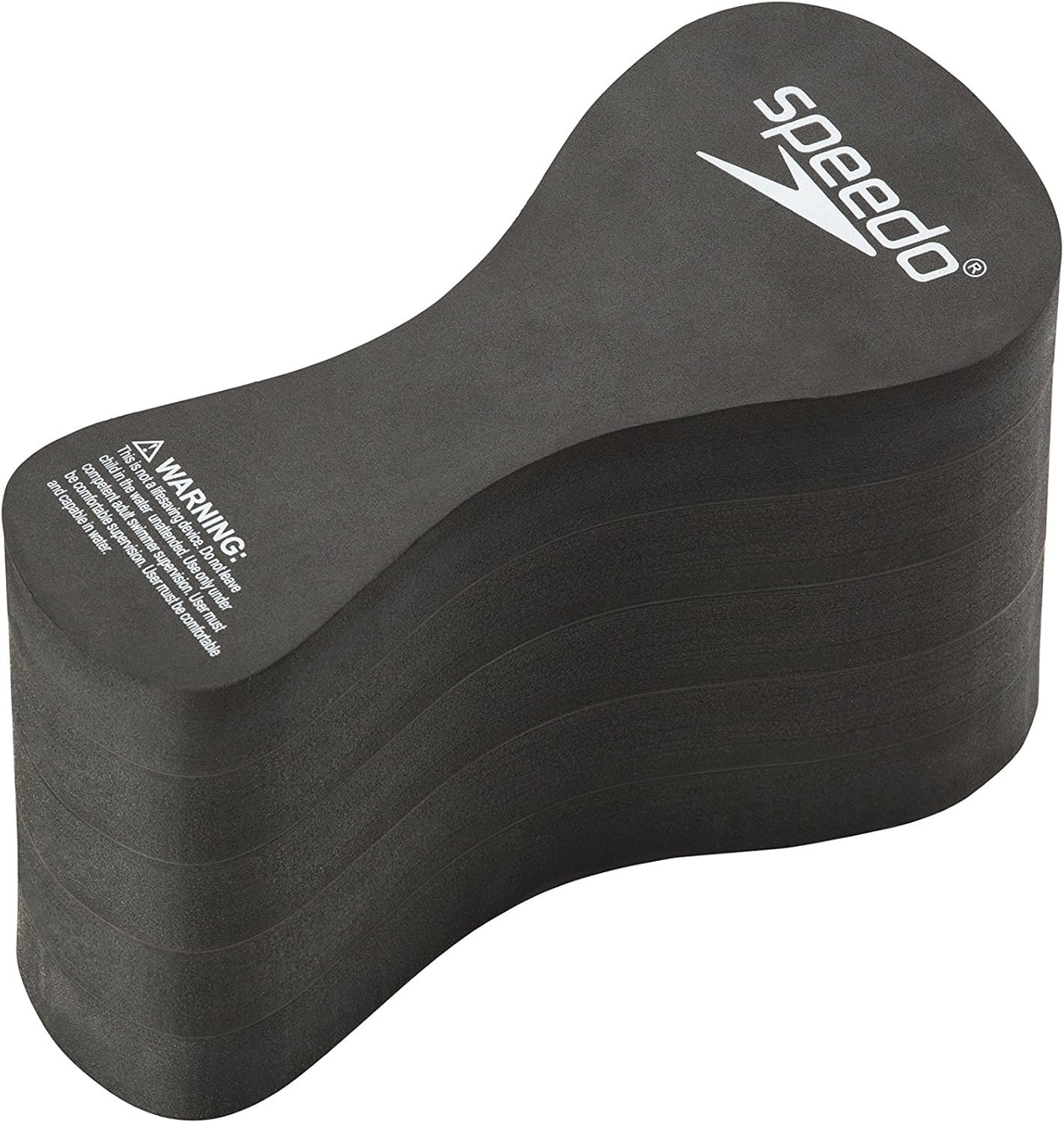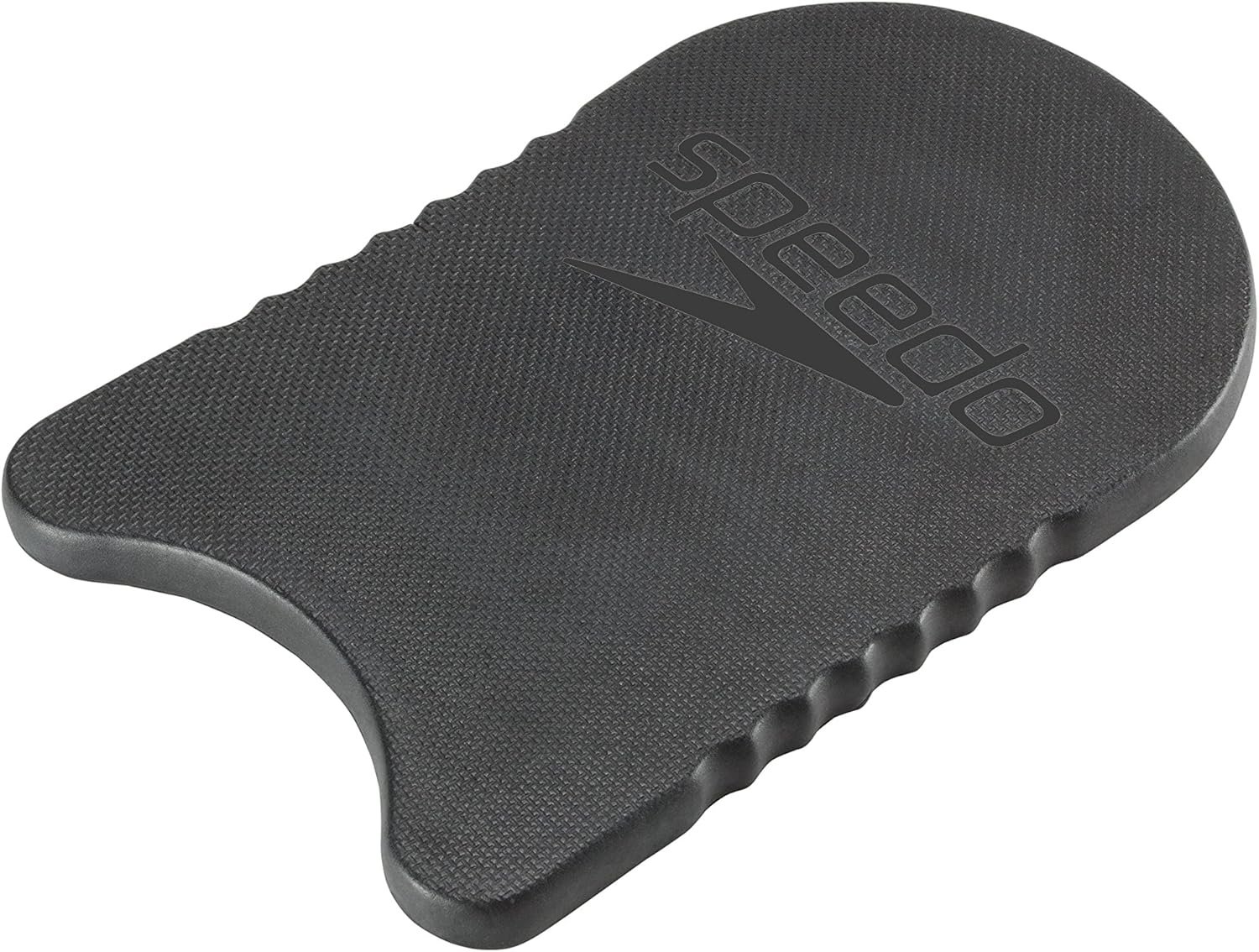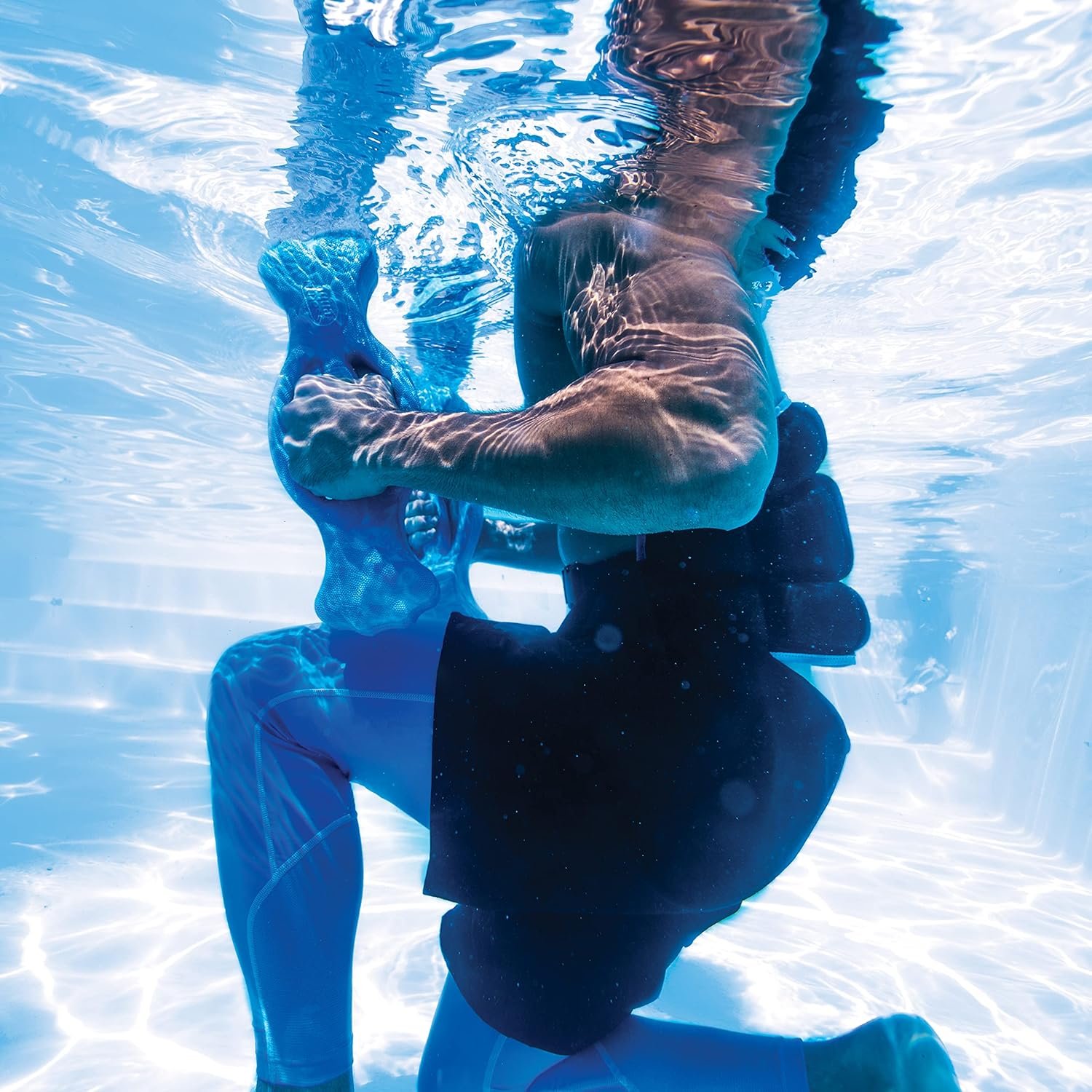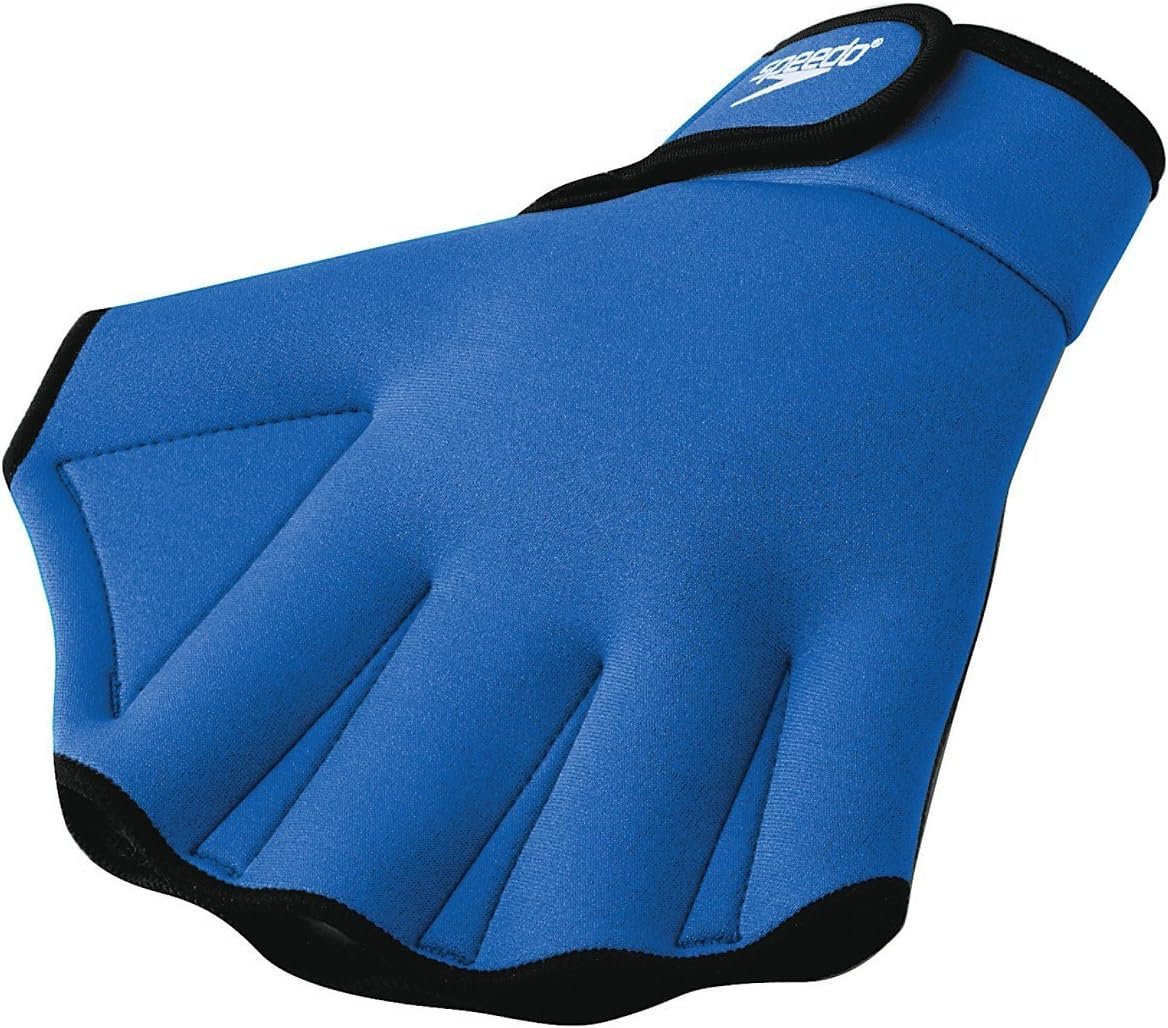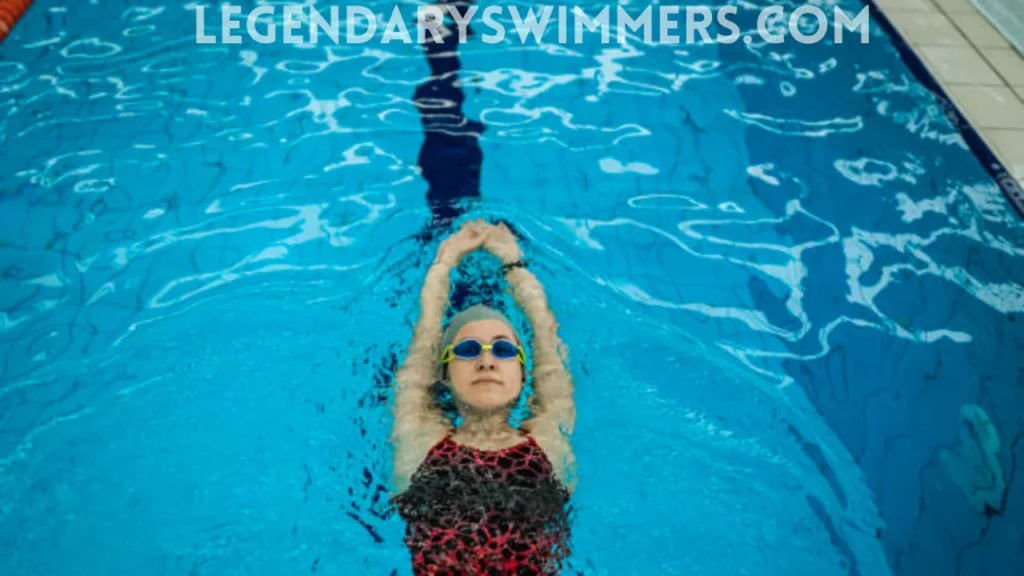
How to Improve Swimming Endurance: Top Tips & Workouts
- Updated:
Swimming is one of the best full-body workouts, offering cardiovascular benefits, muscle strengthening, and low-impact exercise suitable for all fitness levels. For those looking to swim longer, faster, and with greater ease, building endurance is key. Whether you’re a beginner dipping your toes into lap swimming or an experienced swimmer aiming to enhance stamina, this guide will provide you with actionable strategies to improve your swimming endurance. Drawing from expert insights and proven techniques, we’ll explore training methods, nutrition tips, and recovery strategies to help you swim stronger for longer.
What Is Swimming Endurance?
Swimming endurance refers to your ability to sustain prolonged swimming sessions without fatigue. It’s a combination of cardiovascular fitness, muscular endurance, and efficient swimming technique.
According to the Cleveland Clinic, cardiovascular endurance allows your heart and lungs to supply oxygen to muscles during extended activity, while muscular endurance ensures your muscles can perform repetitive movements, like strokes, over time.
Improving swimming endurance involves training your body to use oxygen more efficiently, delaying the onset of fatigue, and refining your technique to reduce energy waste.
Why Improve Swimming Endurance?
Building endurance in swimming offers numerous benefits:
-
Enhanced Cardiovascular Health: Swimming strengthens the heart and lungs, improving overall fitness.
-
Increased Stamina: Swim longer distances without feeling winded.
-
Better Performance: Improved endurance translates to faster times and stronger finishes in races or workouts.
-
Joint-Friendly Exercise: As a low-impact activity, swimming is ideal for those with joint issues, as noted by users in testimonials on Legendary Swimmers.
-
Mental Resilience: Endurance training builds mental toughness, helping you push through challenging workouts.
Whether you’re training for an Ironman, aiming to complete a triathlon, or simply want to enjoy longer pool sessions, improving endurance is a game-changer.
How to Improve Swimming Endurance: 7 Proven Strategies
Here are seven evidence-based strategies to boost your swimming endurance.
1. Master Your Swimming Technique
Efficient technique is the foundation of endurance. Poor form increases drag and energy expenditure, leading to faster fatigue. Focus on these key areas:
-
Body Position: Maintain a streamlined position with your head in line with your spine. A high body position reduces water resistance.
-
Stroke Mechanics: Practice smooth, controlled strokes. For freestyle, ensure a high elbow catch and a relaxed recovery phase.
-
Breathing: Bilateral breathing (alternating sides) improves oxygen intake and balances your stroke. Aim to exhale fully underwater to avoid breath-holding.
-
Kick Efficiency: Use a steady, flutter kick to propel yourself without overexerting your legs.
Pro Tip: Use tools like a kickboard or pool buoy from Legendary Swimmers to isolate leg or arm movements and refine your technique.
2. Incorporate Interval Training
Interval training is a cornerstone of endurance building. You improve aerobic capacity by alternating high-intensity efforts with rest periods and teach your body to recover quickly.
Sample Interval Workout (30 minutes):
-
Warm-Up: 200m easy swim, 100m kick with a kickboard.
-
Main Set: 8 x 50m freestyle at 80% effort, with 30 seconds rest between each.
-
Cool-Down: 100m easy backstroke.
Progression: Gradually increase the number of intervals or reduce rest time as your endurance improves. Competitor Swim suggests starting with shorter intervals (e.g., 50m) and progressing to 100m or 200m sets.
3. Build Aerobic Base with Long, Steady Swims
Long, steady swims at a moderate pace build your aerobic base, allowing you to sustain effort over time. SwimGym recommends dedicating one or two sessions per week to distance swims.
Sample Distance Workout:
-
Swim 800m–1200m at a conversational pace (you should be able to talk without gasping).
-
Focus on maintaining consistent stroke tempo and breathing rhythm.
-
Use a pool buoy to focus on upper body endurance or swim fins to enhance leg strength, as recommended by Legendary Swimmers.
Tip: Track your progress with a workout plan from Legendary Swimmers to log distances and monitor improvements.
4. Strengthen Upper Body and Core
Swimming endurance relies heavily on upper body and core strength. According to USMS, exercises targeting these areas enhance stroke power and reduce fatigue.
In-Pool Exercises:
-
Use swim paddles to increase resistance and build arm strength.
-
Perform sculling drills to improve water feel and shoulder endurance.
Dryland Exercises:
-
Push-Ups: 3 sets of 15 to strengthen chest and shoulders.
-
Plank Holds: 3 x 30 seconds to build core stability.
-
Resistance Band Pulls: Mimic the pulling motion of freestyle to enhance shoulder strength.
Product Recommendation: Incorporate aqua dumbbells or fitness gloves from Legendary Swimmers for added resistance in water workouts.
5. Prioritize Recovery and Rest
Recovery is critical for endurance gains. Overtraining can lead to burnout or injury. Incorporate these recovery strategies:
-
Rest Days: Schedule at least one or two rest days per week to allow muscles to repair.
-
Active Recovery: Perform light swims or water-based stretching to promote blood flow without strain.
-
Sleep: Aim for 7–9 hours of quality sleep to support muscle recovery and energy levels.
Tip: Use a pool noodle for gentle, low-impact stretching exercises in the pool, as suggested by Legendary Swimmers.
6. Optimize Nutrition and Hydration
Proper nutrition fuels endurance. Healthline emphasizes the importance of a balanced diet for sustained energy.
-
Pre-Swim: Eat a carb-rich snack (e.g., banana or oatmeal) 1–2 hours before swimming to provide energy.
-
Post-Swim: Consume a mix of protein and carbs (e.g., Greek yogurt with fruit) within 30 minutes to aid muscle recovery.
-
Hydration: Drink water before, during, and after workouts. Log your water intake using the free workout plan from Legendary Swimmers.
Interesting Fact: Swimmers can burn up to 500–700 calories per hour during moderate-intensity swimming, making nutrition critical for sustained performance.
7. Track Progress and Set Goals
Setting specific, measurable goals keeps you motivated.
Goal-Setting Tips:
-
Start with a baseline: Swim for 20–30 minutes and note how far you go.
-
Set incremental goals: Increase your weekly swim distance by 10–15% or add one extra interval set.
-
Use tools like the free workout plan from Legendary Swimmers to record progress and stay organized.
Sample Weekly Swimming Plan for Endurance
Here’s a beginner-friendly, 3-day-per-week plan:
Day 1: Technique and Intervals (30–40 minutes)
-
Warm-Up: 200m easy freestyle, 100m kick with a kickboard.
-
Drills: 4 x 50m catch-up freestyle (focus on high elbow), 30 seconds rest.
-
Main Set: 6 x 100m freestyle at 70% effort, 45 seconds rest.
-
Cool-Down: 100m easy backstroke.
Day 2: Distance Swim (40–50 minutes)
-
Warm-Up: 200m freestyle, 100m breaststroke.
-
Main Set: 1000m freestyle at a steady pace, focusing on breathing rhythm.
-
Cool-Down: 200m mixed strokes (e.g., backstroke, breaststroke).
Day 3: Strength and Recovery (30 minutes)
-
Warm-Up: 200m easy swim, 100m sculling with swim paddles.
-
Main Set: 8 x 50m pull with a pool buoy, 30 seconds rest.
-
Cool-Down: 100m easy swim, 100m stretching with a pool noodle.
Equipment: Enhance your workouts with tools like swim paddles, pool buoys, or aqua dumbbells.
Common Mistakes to Avoid
-
Overtraining: Pushing too hard without rest can lead to fatigue or injury. Balance intense workouts with recovery days.
-
Neglecting Technique: Poor form wastes energy. Regularly practice drills to maintain efficiency.
-
Skipping Warm-Ups: Warm-ups prepare your body and reduce injury risk.
-
Ignoring Nutrition: Inadequate fueling can limit performance. Ensure you’re eating enough carbs and protein.
How Long Does It Take to Build Swimming Endurance?
According to VasaTrainer, noticeable improvements in swimming endurance can take 4–8 weeks with consistent training (3–4 sessions per week). Beginners may see faster progress by focusing on technique and gradually increasing workout volume, while experienced swimmers can refine their endurance with advanced interval sets.
FAQs
Q: How often should I swim to build endurance?
A: Aim for 3–4 sessions per week, mixing technique drills, intervals, and distance swims. Rest days are crucial for recovery.
Q: Can I improve endurance without a coach?
A: Yes! Use structured workouts like those provided by Legendary Swimmers and focus on consistent practice.
Q: What equipment helps with endurance training?
A: Tools like kickboards, swim paddles, and pool buoys from Legendary Swimmers can isolate muscle groups and enhance training.
Q: How do I avoid getting tired quickly?
A: Focus on technique, pace yourself during distance swims, and incorporate interval training to build stamina gradually.
Conclusion
Improving swimming endurance is a journey that combines technique, training, nutrition, and recovery. By mastering your stroke, incorporating interval and distance workouts, strengthening key muscle groups, and tracking your progress, you’ll be able to swim longer and stronger. Swimming Tools recommended by Legendary Swimmers can elevate your workouts, making them more effective and enjoyable.
Get our free water workout plans at Legendary Swimmers to track your progress and stay motivated. Start your endurance-building journey today and transform your time in the water!
References:
Recommended Products

Natasha Nicole Leyva
Hi, I’m Natasha—swimmer, coach, and aquatic fitness enthusiast. My journey began in New Zealand after a professor recommended swimming to help with a knee injury. The low-impact nature of swimming worked wonders, and it quickly became my favorite form of exercise. This passion grew into a thriving swim academy, and soon, requests for aquatic fitness classes started pouring in. After becoming certified, I realized how powerful water workouts could be for recovery and fitness. Now, I share my expertise here to help others experience the benefits of aquatic movement—whether for recovery, fitness, or fun!

